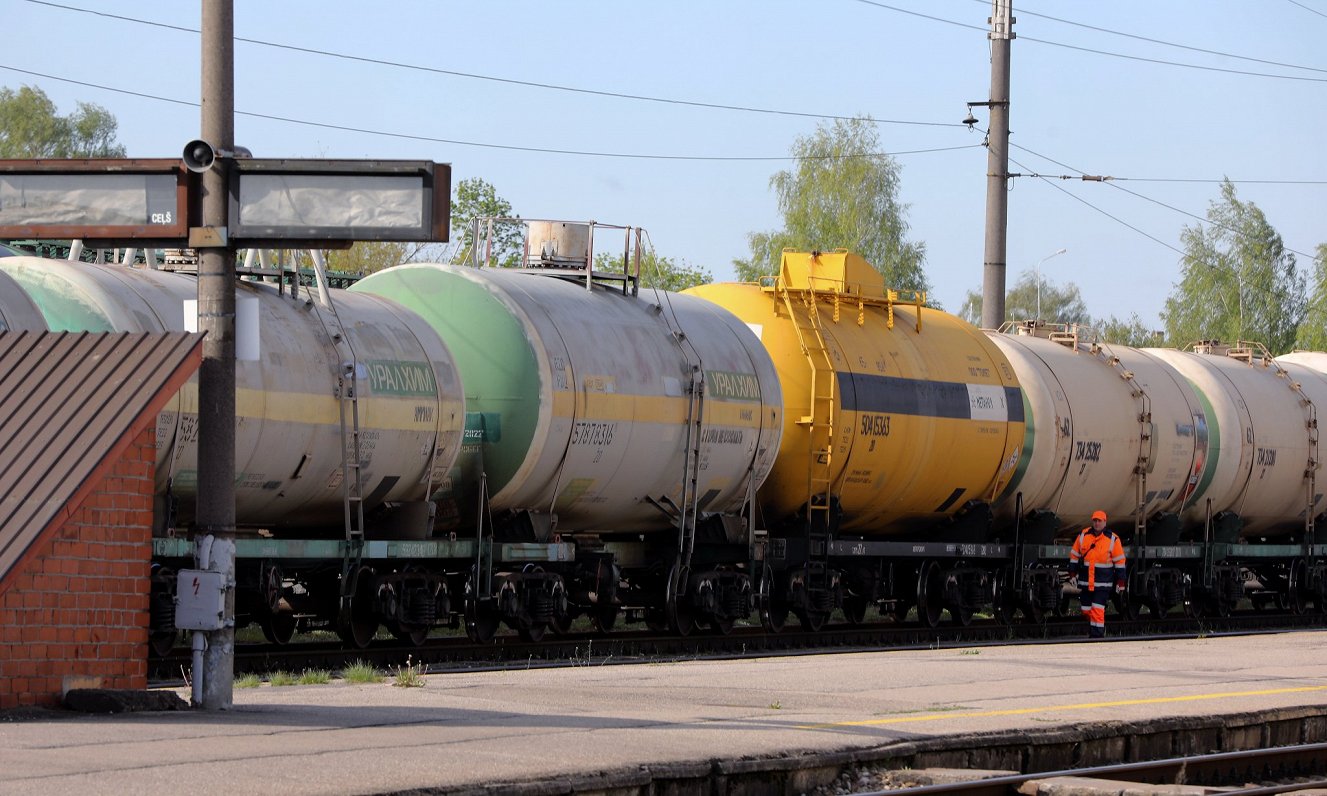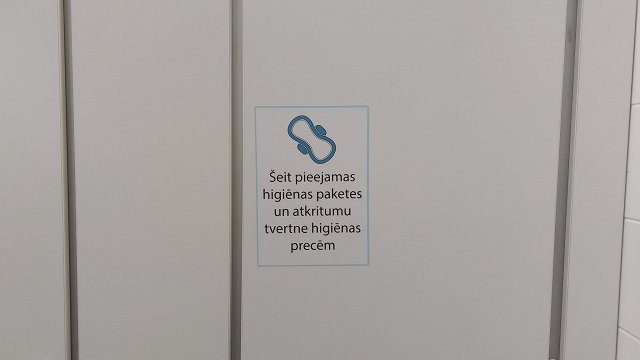Last week, Latvian, Estonian and Lithuanian national railway managers met in Rīga to discuss the developments of the Baltic region in the railway sector and to agree on future cooperation, as the railway infrastructure in the Baltic is similar and has the same track gauge. According to Agnese Līcīte, representative of Latvijas Dzelzceļš, LDz Cargo has received the European single safety certificate for transport in Estonia and has already carried out the first shipments.
"The first connected customer in Estonia is a US company whose cargo is cooking oils. We have planned to transport around 200,000 tons this year, but that is exactly for this particular customer. LDz Cargo is actively seeking new customers. There are also several carriers in Estonia, of course, but we see that we also have the opportunity to strengthen our positions here,” said Līcīte.
Of the cargo transported by rail last year, nearly 20% is composed of oil and petroleum products, 19% of grain, seed and fruit, around 5% of wood and its products, 5% fertilizers, while the most important transport volume – 23.6% – was coal. 70% of coal is shipped from Kazakhstan. Transport Ministry expert Andris Maldups said that coal has been a significant cargo segment for both railways and ports.
“The volume of cargo in Latvian ports has increased by more than 15%, almost 6.5 million tonnes more. That is thanks to increased coal volumes from Kazakhstan. In the autumn, we started to service a completely new market that no one could have anticipated – coal supplies to Poland. By imposing sanctions on coal against Russia, coal is imported into Latvian ports and is further transported to Poland and, of course, the majority is carried by rail. Also, container cargo, ferry traffic, and timber, all these groups have grown by about 10%. Along the railway, for example, raw sugar goes to Central Asia and we are also transported by rail from China. Interest from Central Asian countries, particularly Kazakhstan, Uzbekistan, has also increased significantly,” said Maldups.
If at some point 90% of the transit cargo entered Latvia from Russia and Belarus, this number has decreased significantly. Transit is also affected by sanctions imposed by the EU against Russian and Belarusian citizens and businesses, but the Transport Ministry's expert, Andris Maldups, said that the transit situation was better than expected last year.
“It was very difficult, particularly in this context of sanctions, to keep track of ever-new and new sanctions packages and to control their cooperation partners. This is also controlled by financial institutions and banks. Each client, each payment analyzed on the banking side, also had payment delays and so on. Since the year has been very complicated and it is also very difficult to predict something forward, these results are very successful,” Maldups said.
Export transport of Latvian railways grew by 57% last year, import transport – by 9%, while land transit and inland transport – by 53% and 16% respectively.





























